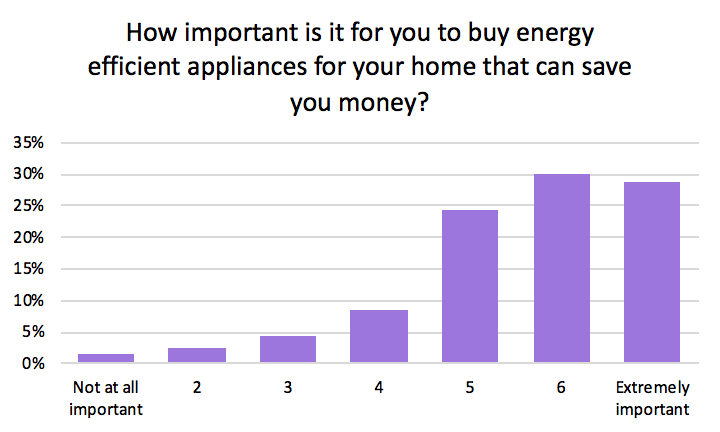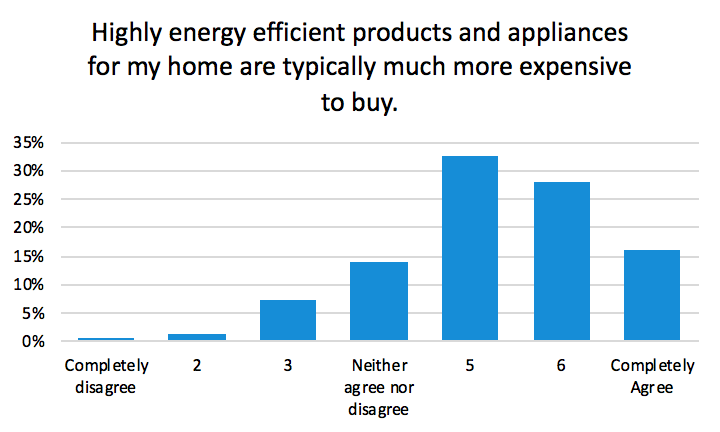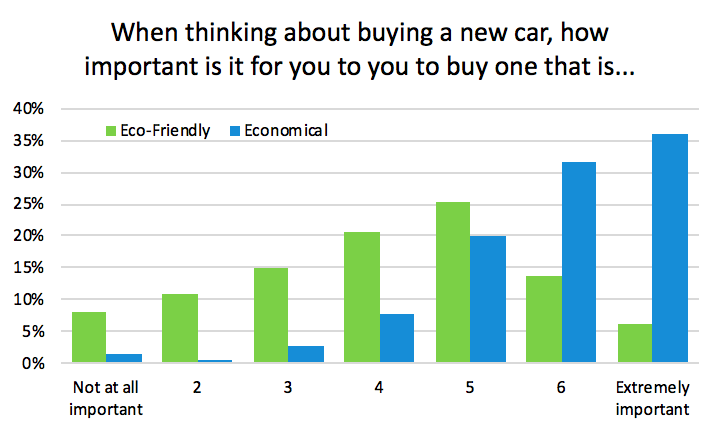I was delighted to join this year’s Texas Energy Summit and meet a wide range of players—from new entrants to long-time movers and shakers across the Texas energy market.

Houston’s resilience & climate action
Houston Mayor Sylvester Turner opened the 2018 Texas Energy Summit with a compelling vision: rebuild for resilience after Hurricane Harvey (2017), not merely replace what was lost. With 365,000 homes damaged across 41,500 square miles and an estimated $125B in damage, Harvey was Houston’s third “500-year” flood in as many years—a wake-up call.
Mayor Turner has become a leading voice for climate action—speaking at the Global Climate Action Summit, co-chairing Climate Mayors, and launching Houston’s Climate Action Plan. As he put it: “You can be the energy capitol of the world, and still acknowledge that climate change is real.” Today, 90% of Houston’s municipal energy comes from wind and solar, and the city has reduced GHG emissions 35% since 2007. Transportation and residential buildings remain top sources—areas where individual consumer choices matter.
Do Texans care about energy efficiency?
In a “Smart Home Innovation & the Texas Retail Energy Market” session, we shared new consumer research on Texans’ attitudes toward efficient appliances and vehicles. The bottom line: Texans care about efficiency.
83% of Texans say it’s important to buy energy-efficient home appliances (29% “extremely important”).

Yet most consumers still lack an easy way to compare products by efficiency. When shoppers can see that a highly efficient model costs no more to buy and will save money to own, 95% say they’d choose the efficient option (69% “extremely likely”). This matters because 77% believe efficiency always costs more—a lay theory that often isn’t true.

Adding a clear, model-level efficiency signal—like the Enervee Score (0–100)—to the shopping journey helps bust the “efficient = expensive” myth so people can pick the best product at their price point.
Cars & EVs: what Texans value
88% of Texans say it’s important that their next car is cheap to run (low fuel costs), and 45% care that it’s zero-emission/eco-friendly—placing a stronger emphasis on fuel economy than emissions relative to US averages.

89% would find an online tool “useful” (over half “extremely useful”) to compare vehicle types (gasoline, diesel, electric) by purchase price and running costs. With a choice engine, many discover EVs deliver the lowest fuel cost—often a surprise.
Retail Electricity Providers: trust & differentiation
Who do Texans trust for accurate appliance energy-use info? Manufacturers ranked first (34%), but Retail Electricity Providers (REPs) ranked second (21%), ahead of government (20%) and retailers (10%). That’s an opening—yet over 70% said REPs aren’t doing enough (e.g., to explain EV benefits). One respondent: “This survey made me wonder why I never hear anything about eco-friendly cars from our local energy company.”
Providing trusted, point-of-decision guidance—via a utility marketplace/choice engine—improves perception and loyalty because it makes stressful purchases easier. See examples on our utility marketplace page.
What’s the potential for market-based savings in Texas?
Making efficiency visible and actionable—especially with the Enervee Score—can drive double-digit savings without mass-market rebates. Field data from the PG&E Marketplace support this. If similar outcomes were achieved in Texas, annual platform deployment could yield gross lifetime savings on the order of:
- Electricity: 80–230 GWh
- Demand: 14–38 MW
- Natural gas: 5–14 million therms
For context, see our summary of the PG&E findings: Empowered consumers, massive savings.
Program design barriers—and paths forward
Texas utilities have efficiency obligations and fund standard-offer programs via REPs/third parties. However, “plug loads” (appliances/equipment on standard outlets) are often excluded by major TDUs—despite plug loads representing roughly one-third of total energy bills (40–50% of electricity in many homes). That leaves a large, market-transformable segment on the table.
Market transformation—by eliminating the visibility barrier at the point of purchase—can complement program portfolios. Another opportunity: partner with local climate leaders like Houston to empower residents with efficient choices that cut bills and emissions.
Texans make ~190 million energy-related buying decisions each year—from appliances and electronics to vehicles and water heaters. Nudging those one-time choices toward efficient models locks in lifetime savings and avoided emissions—no subsidies required.
